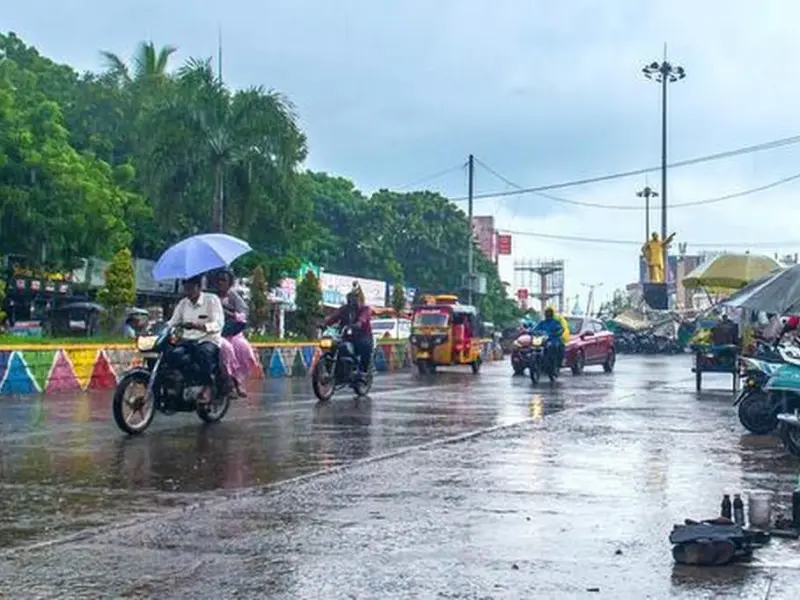India is building large expressways, some stretching over 1000 kilometers. But today, we will talk about the country’s smallest expressway, which is only 29 kilometers long.
8-Lane Access Controlled: The First in the Country
This expressway is not just small; it is also the country’s first 8-lane access-controlled elevated expressway. Named the Dwarka Expressway, it is being constructed between Delhi and Haryana.
Equipped with Tunnels, Underpasses, and Flyovers
The construction of the Dwarka Expressway includes tunnels, underpasses, flyovers, and elevated structures. To make it even more special, approximately 12,000 trees are being planted along both sides.

Route Information
The Dwarka Expressway starts from Shiv Murti on NH-48 near IGI Airport in Delhi and ends at Kherki Daula Toll Plaza in Gurugram. It passes through key locations such as Dwarka Sector 21, New Palam Vihar, and various residential and commercial sectors of Gurugram.
Usage of Two Lakh Metric Tons of Iron
About 2 lakh metric tons of iron are being used in the construction of this expressway. This story is not just about modernity and infrastructure but also about the environment.
Expected to be Operational by August 2024
The Dwarka Expressway is expected to be operational by August 2024. This project is special not only because it might be completed ahead of schedule but also due to its technical features.
Reducing Transit Time: A Game Changer for Delhi-Gurugram Commute
The Dwarka Expressway is poised to significantly reduce the transit time between Delhi and Gurugram. Currently, the NH-48, the main route connecting the two cities, is heavily congested, leading to long commute times, especially during peak hours. The new expressway will provide an alternative, faster route, bypassing the traffic-prone areas and reducing the travel time by up to 30 minutes or more, depending on the time of day.
Moreover, the controlled access design means fewer interruptions and smoother traffic flow, enhancing the overall driving experience. This will not only benefit daily commuters but also improve the efficiency of goods transportation between the two key economic hubs.





